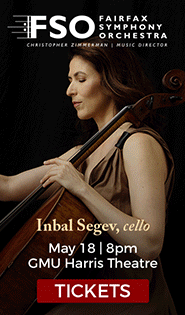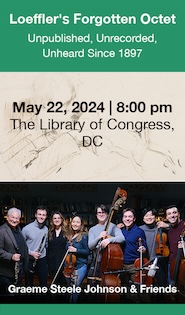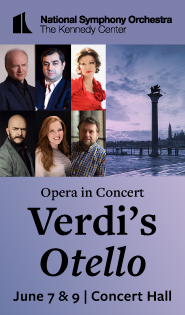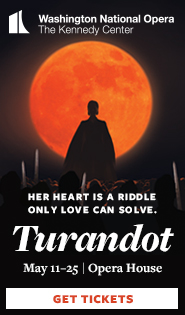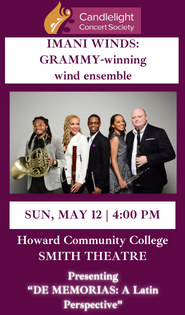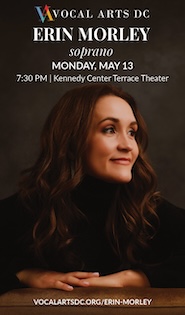Stile Antico shines fresh light on a forgotten woman composer

Every winter the Folger Consort presents a special concert at Washington National Cathedral. It is an acoustic far vaster than its home at Folger Shakespeare Library, requiring a number of guest artists to fill out the roster. This year’s program, heard on Friday night, includes the excellent English early music choir Stile Antico and a historical wind instrument ensemble from Los Angeles named Tesserae Baroque.
The theme of the “ars perfecta,” the exquisitely crafted polyphony of the 16th century extending from Josquin des Prez onward, unified the selection of music. The initial impulse was to highlight the motets of Palestrina, but music by that composer ultimately provided only a framework for a larger assessment of Italian composers, including some that bridged the gap into the early baroque period.
Two of Palestrina’s double-choir motets opened and closed the first half. In both, the twelve voices of Stile Antico were mixed in with cornetto and sackbut players from Tesserae Baroque, who took some of the parts. Such combinations were not unusual in the period, although it was strictly forbidden in the Sistine Chapel where Palestrina led the choir. In this performance, the mix sometimes upset the balance between the two choirs, which should be even.
It has been almost five years since Stile Antico last came to the District. In their first decade the group represented the summa of current ensembles singing English polyphony in particular. This time around there were shortcomings, also noted on some recent recordings, especially some brash and nasal sounds in the sopranos that did not quite blend. For example, in Palestrina’s Regina coeli, the second choir had a more rounded, mellow sound than the first.
Palestrina varied the distribution of voices over the long text of his Stabat mater. These chamber-like combinations, especially the set of high voices at “Juxta crucem tecum stare,” stood out for their rarefied beauty. Fortunately the members of Stile Antico switched positions with almost every piece, and in general the combinations of voices were more favorable than not. Organist Webb Wiggins often provided a discreet foundation on the continuo.
The true discovery of the program, which should have earned top billing, were pieces composed by four women, more or less in the style of Palestrina. One of them, Raffaella Aleotti, stood head and shoulders above the rest. Living from around 1570 to around 1646, she was the daughter of the court architect in Ferrara. At a young age she took vows as a nun at the Augustinian convent of San Vito, where she wrote motets for her highly accomplished sisters.
From the convent Aleotti published a collection containing the first pieces of sacred music ever publicly credited to a woman. Each of her pieces sung in this concert was an extraordinary find, beginning with the plangent, contrapuntally ingenious Exaudi Deus orationem meam. The rhythmic complexity in the tangled Alleluias of her Angelus ad pastores ait and the melodic originality of Sancta et immaculata virginitas both amazed, in performances that featured only the voices of Stile Antico. One hopes they will record a disc devoted to this singular composer.
Leonora d’Este, the daughter of the Duke of Ferrara and the infamous Lucrezia Borgia, had also taken the religious life as a pathway to a musical career. Her collection of motets exclusively for women’s voices was published anonymously fifty years before that of Aleotti. Five women moved back into the space of the choir to perform her pieces, giving the impression of an ensemble of nuns in a monastic enclosure. The effect was radiant, a sound clearer and more balanced than when the whole group performed at the crossing.
The purely instrumental selections were mixed, which has become an unfortunate trend with Folger Consort events. Tesserae Baroque’s Alex Opsahl had the star turn of the evening playing recorder on a version of Palestrina’s madrigal Vestiva i colli, with extravagant embellishments by Bartolomé de Selma y Salaverde. She seemed less confident in a similar piece for cornetto, although the ensemble work of the four players, often on two cornettos and two sackbuts, was generally solid.
The Folger Consort consists of its two directors, Robert Eisenstein and Christopher Kendall, with no other permanent membership. In most cases their contributions on viol and lute played only a supporting role, evanescent in sound and almost unnecessary. On the violin Eisenstein seemed out of his element, losing his way for an extended time in Viadana’s Canzon francese in riposto and wavering uncomfortably in intonation.
The program will be repeated 8 p.m. Saturday. folger.edu
